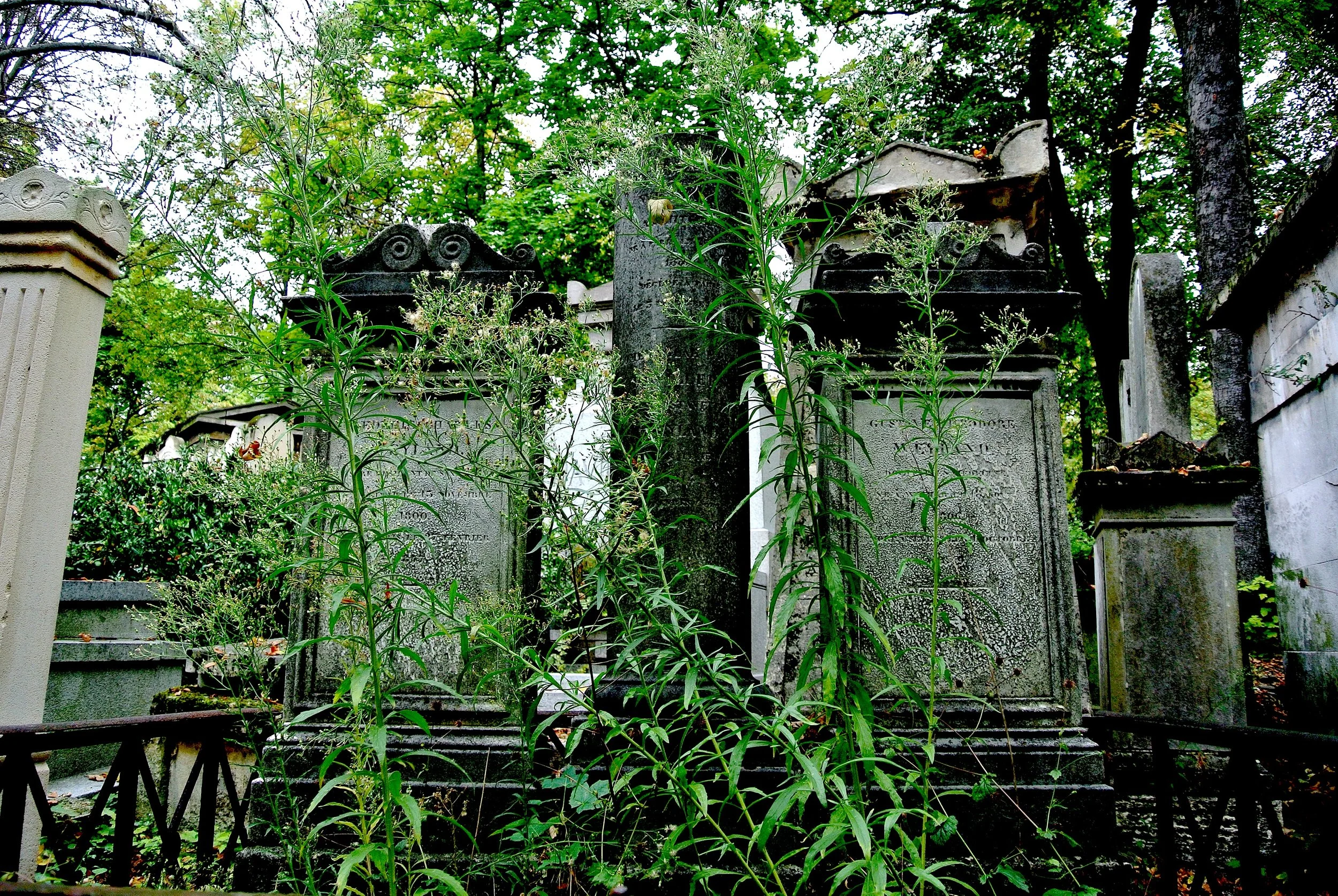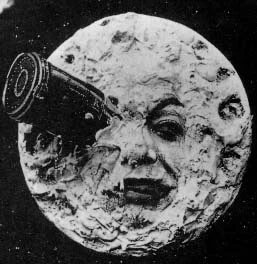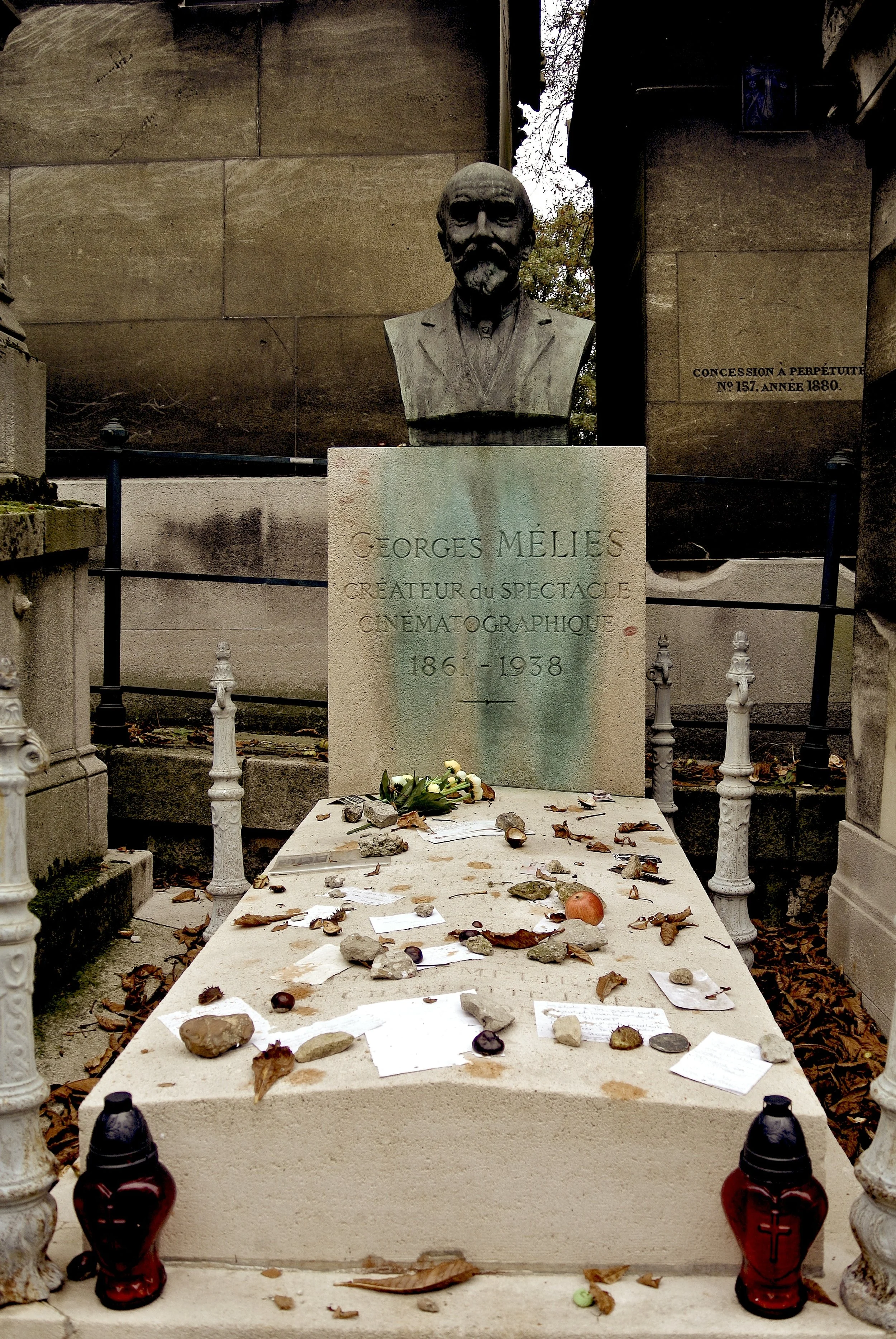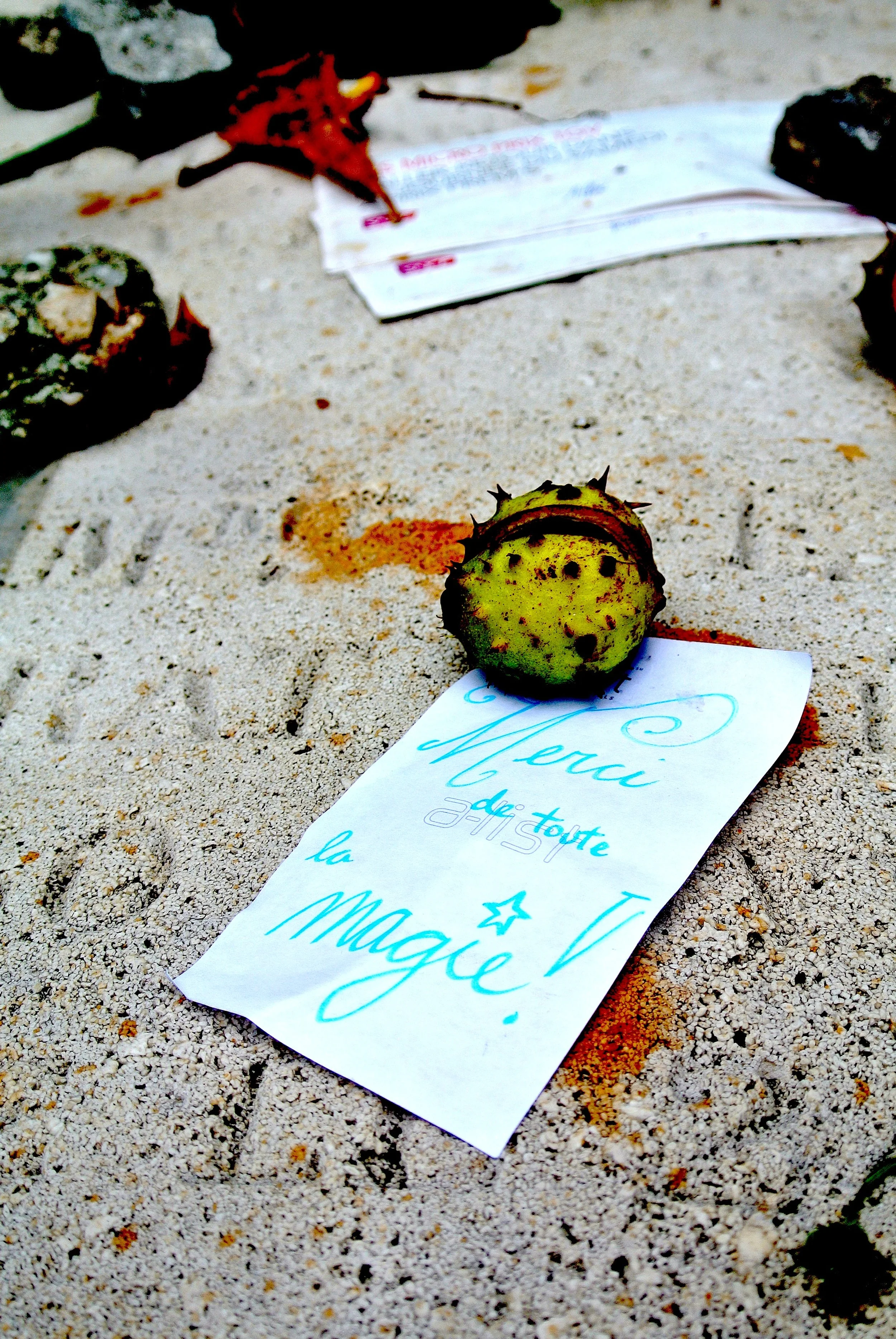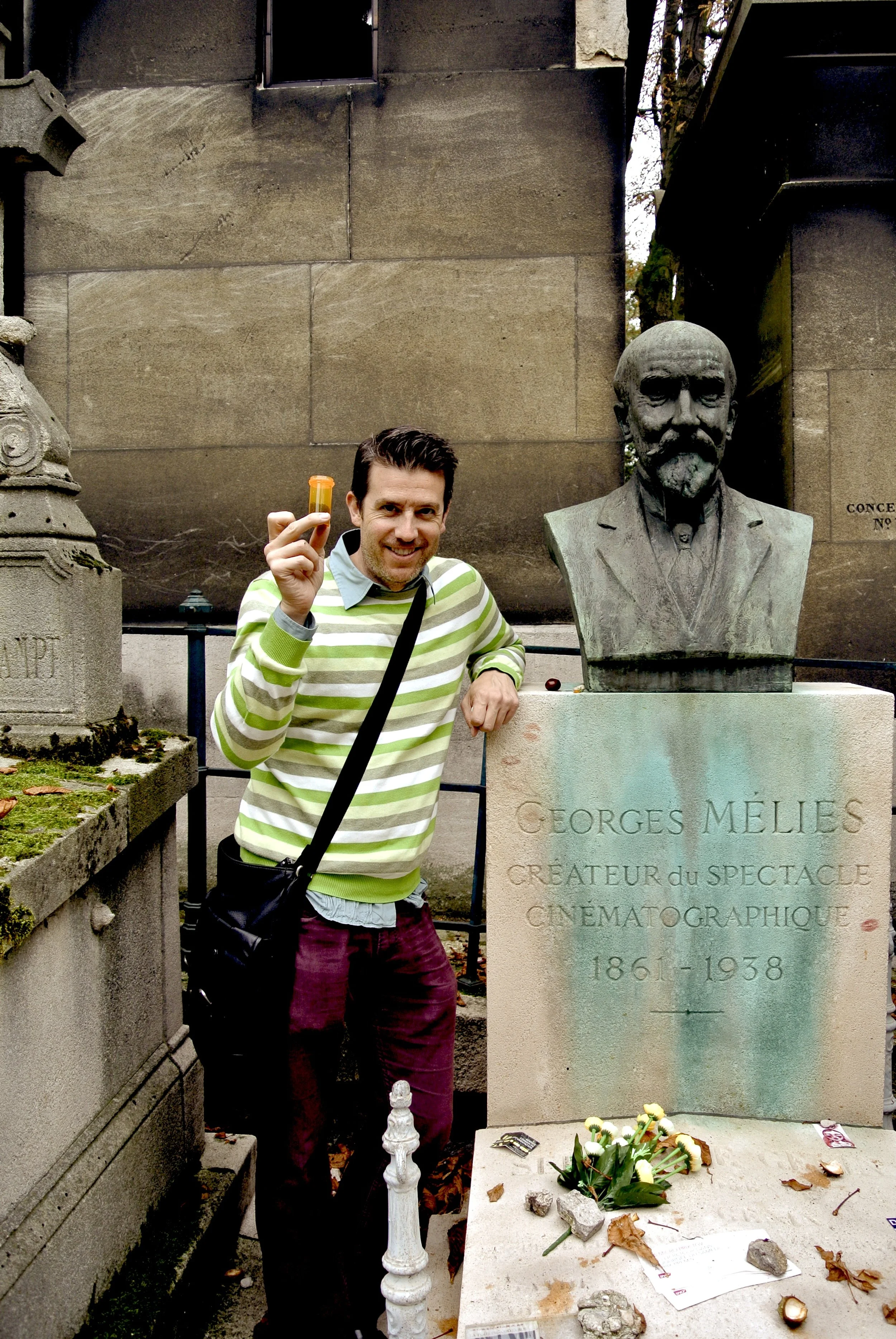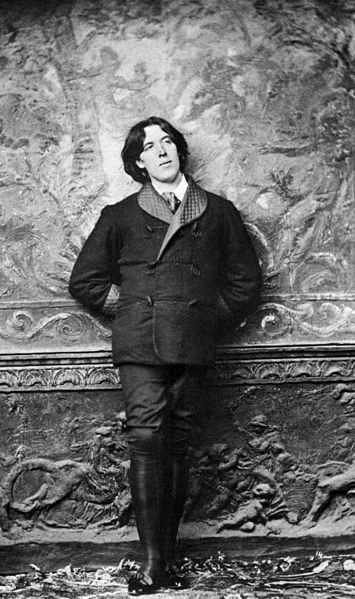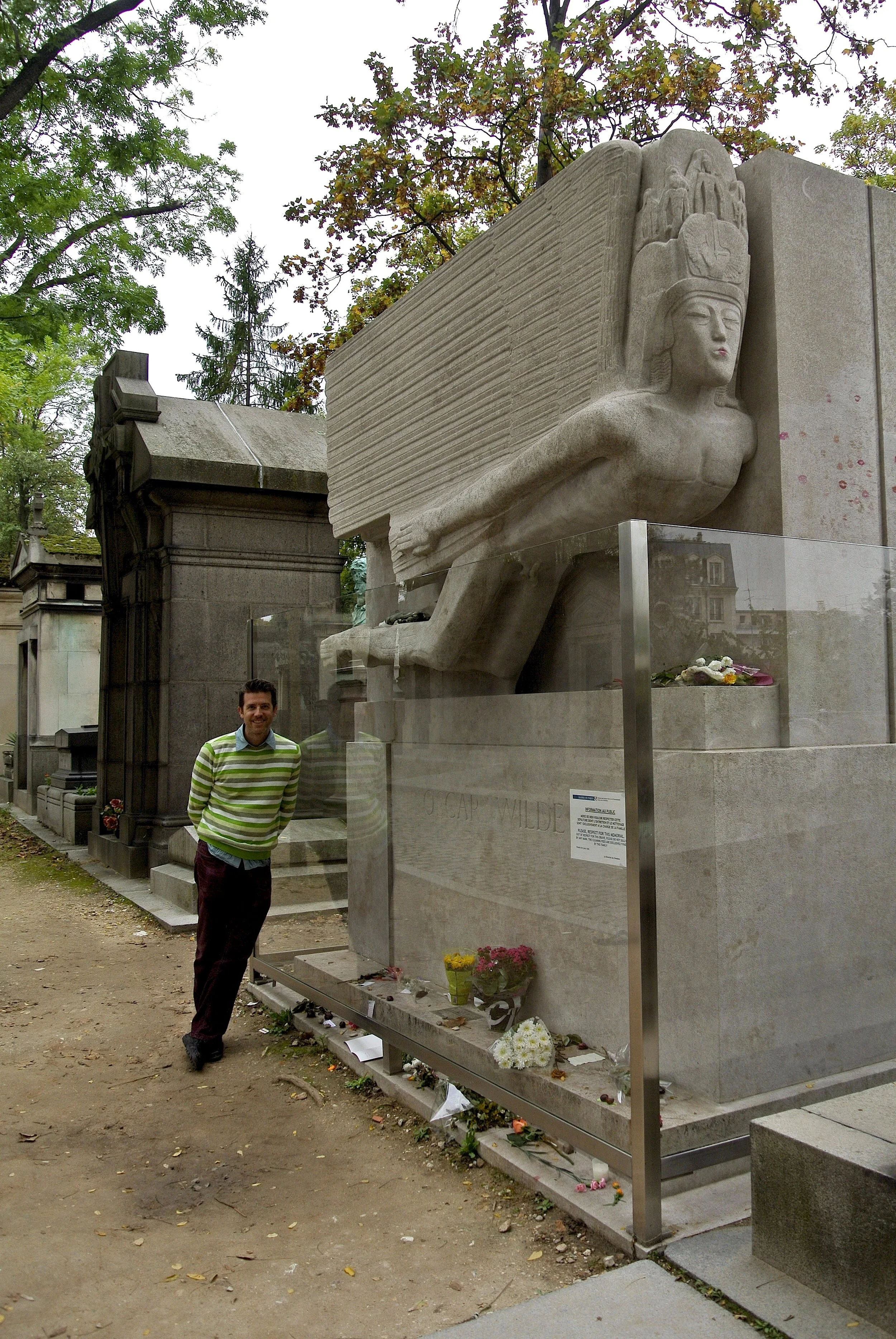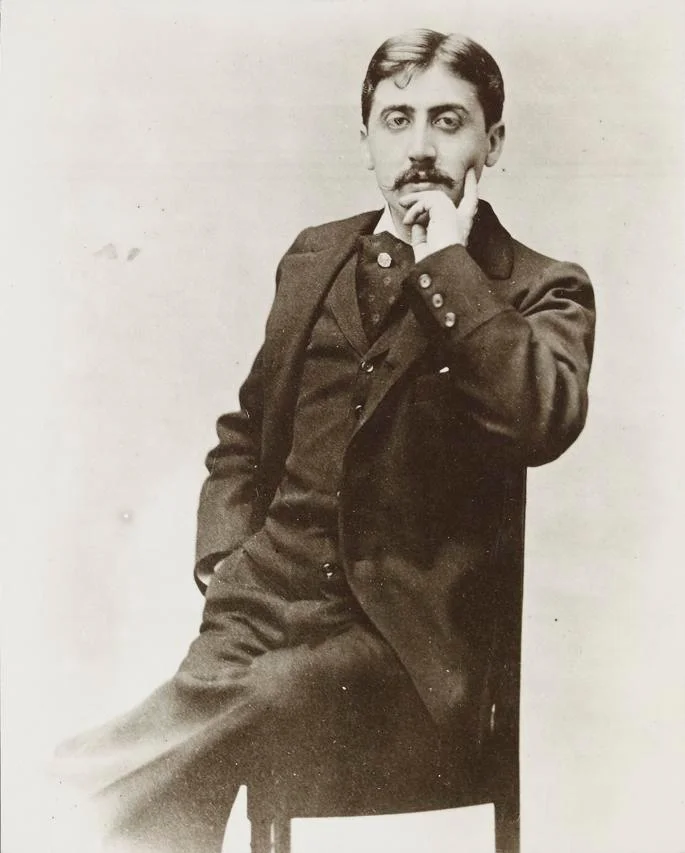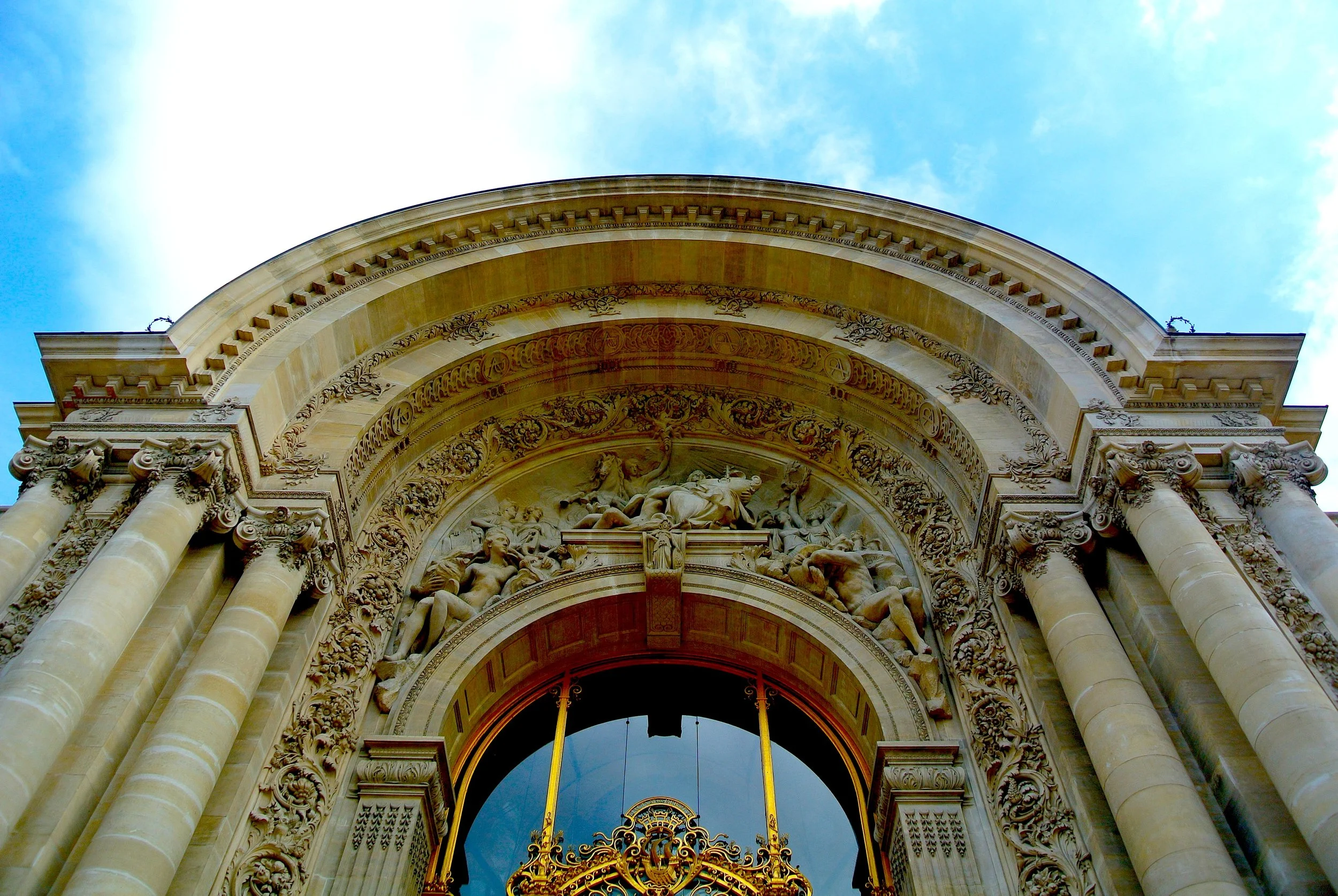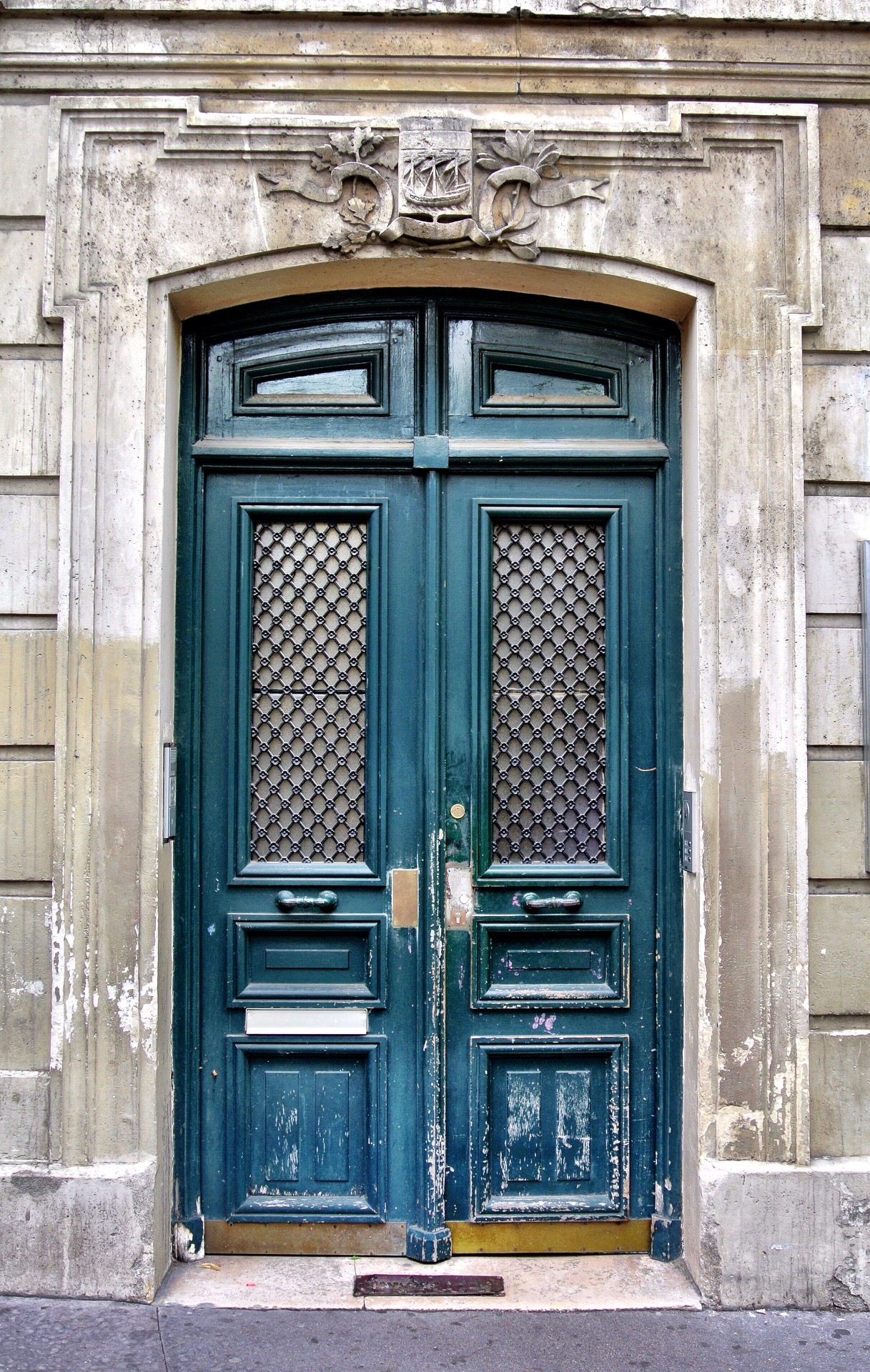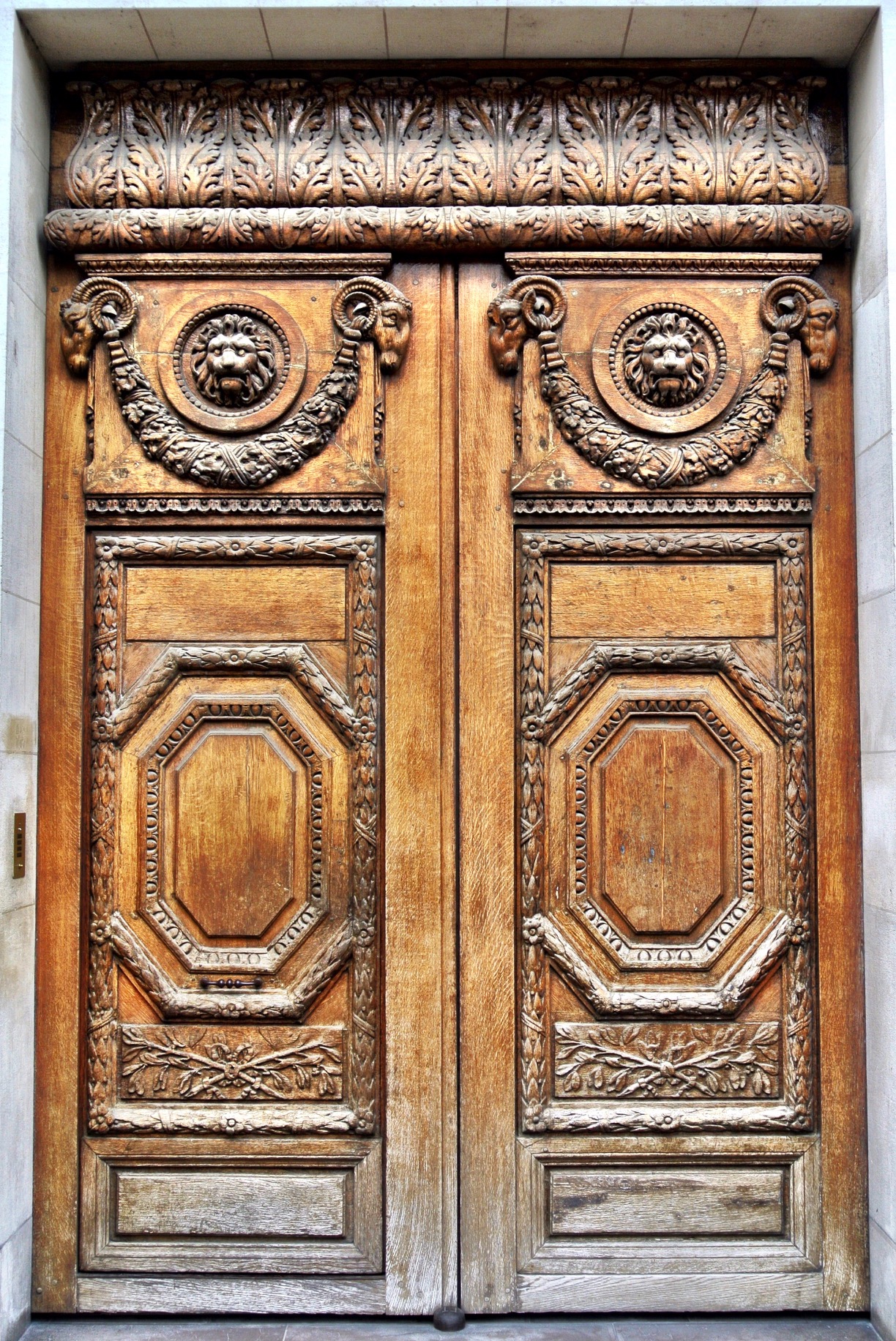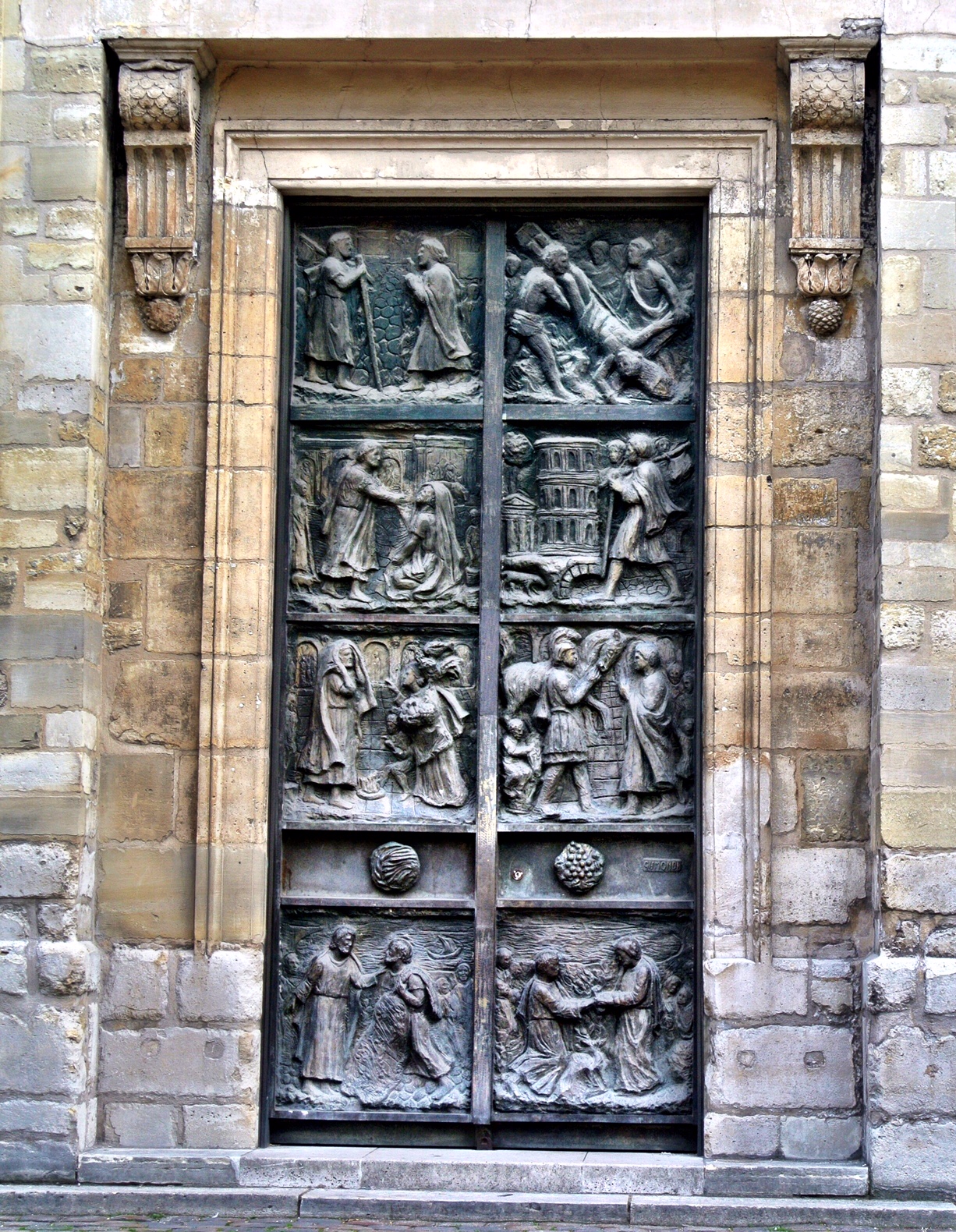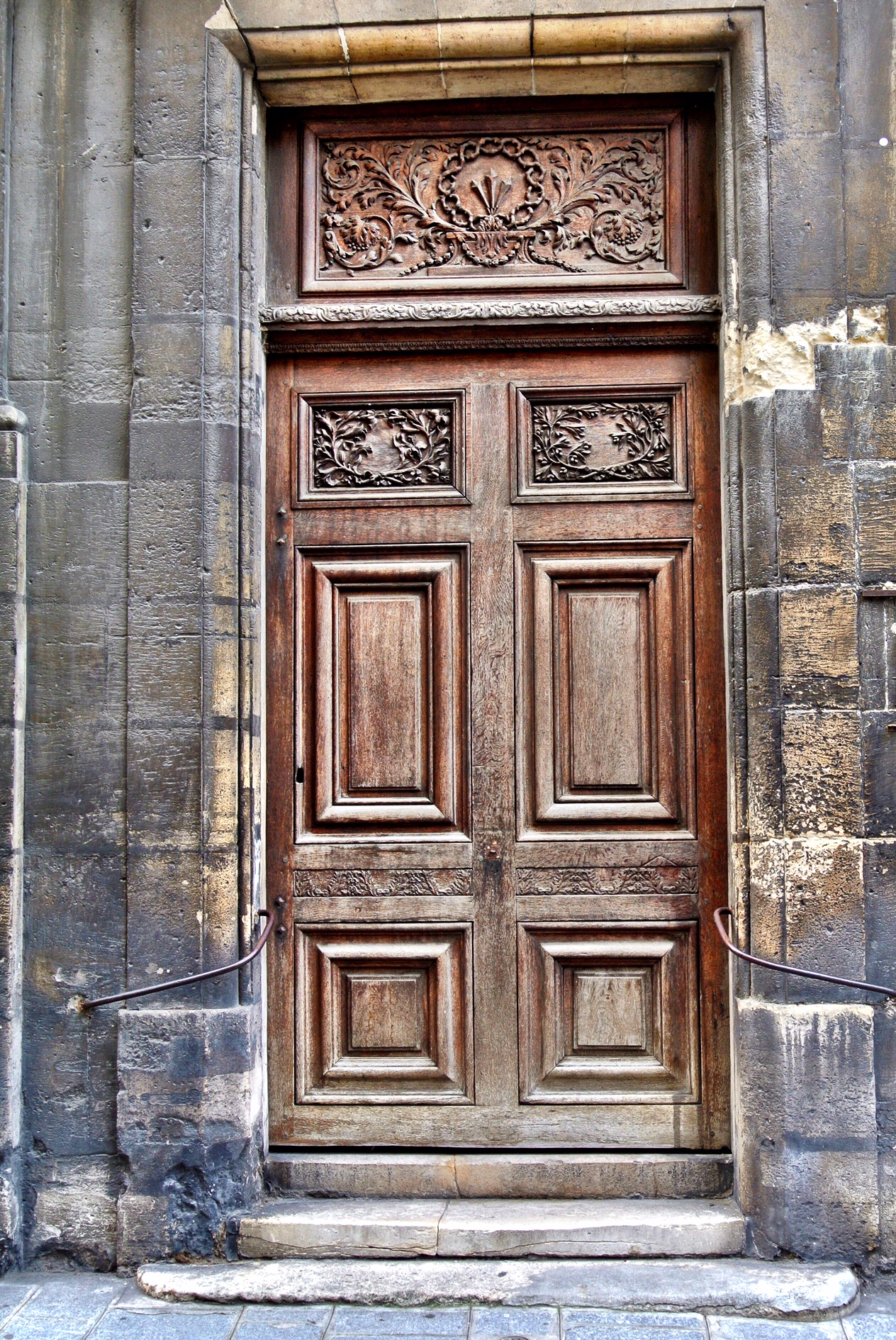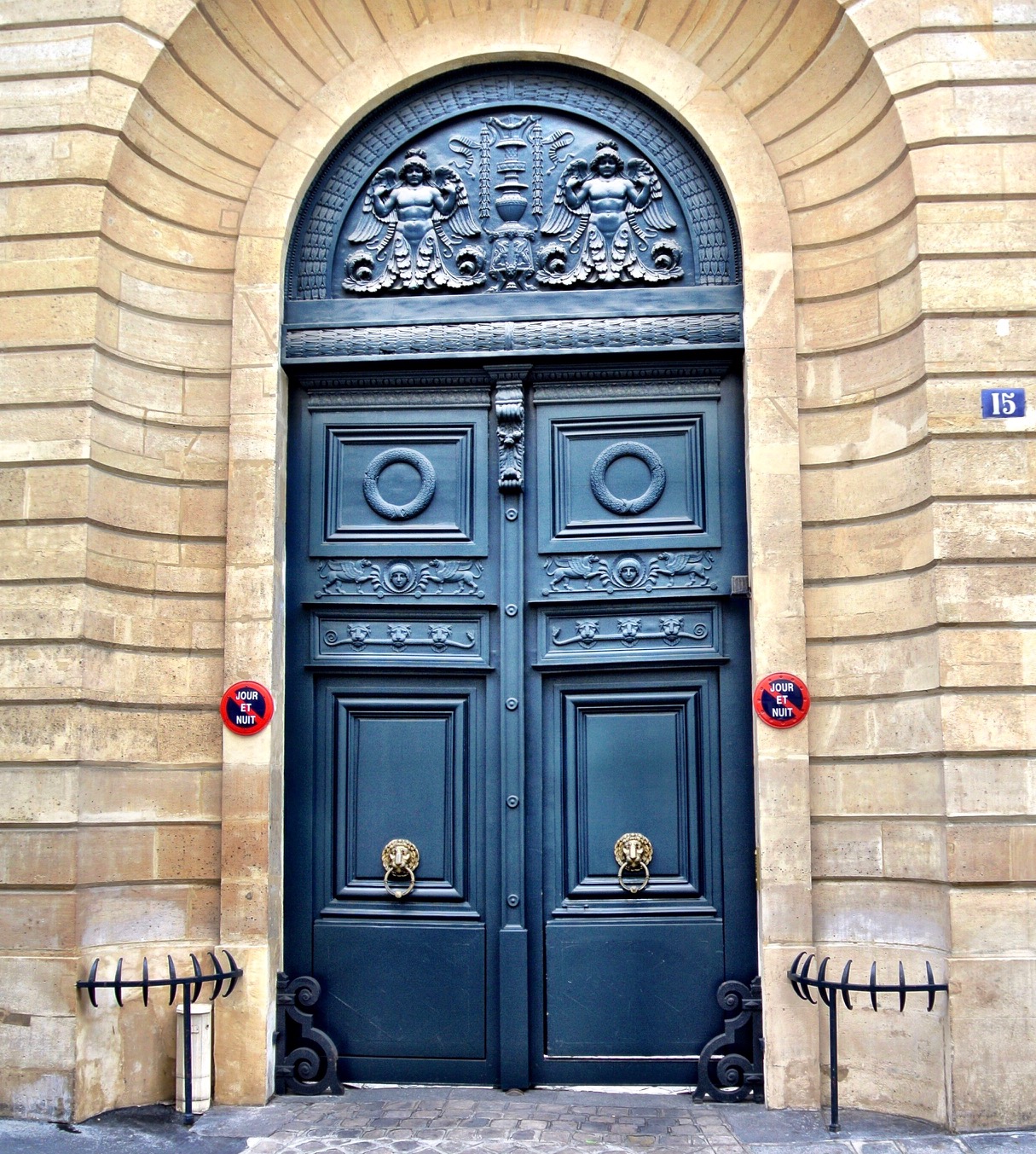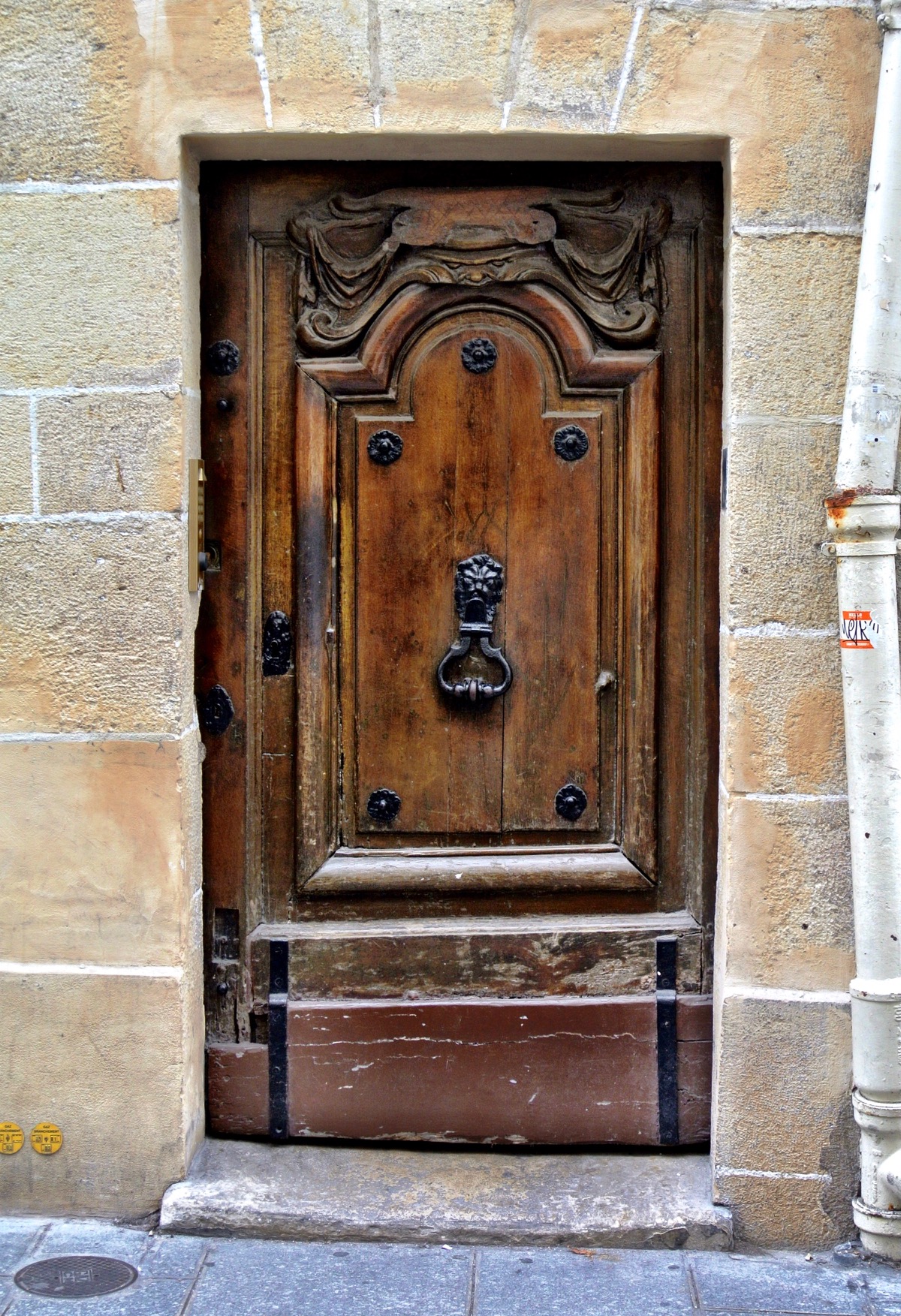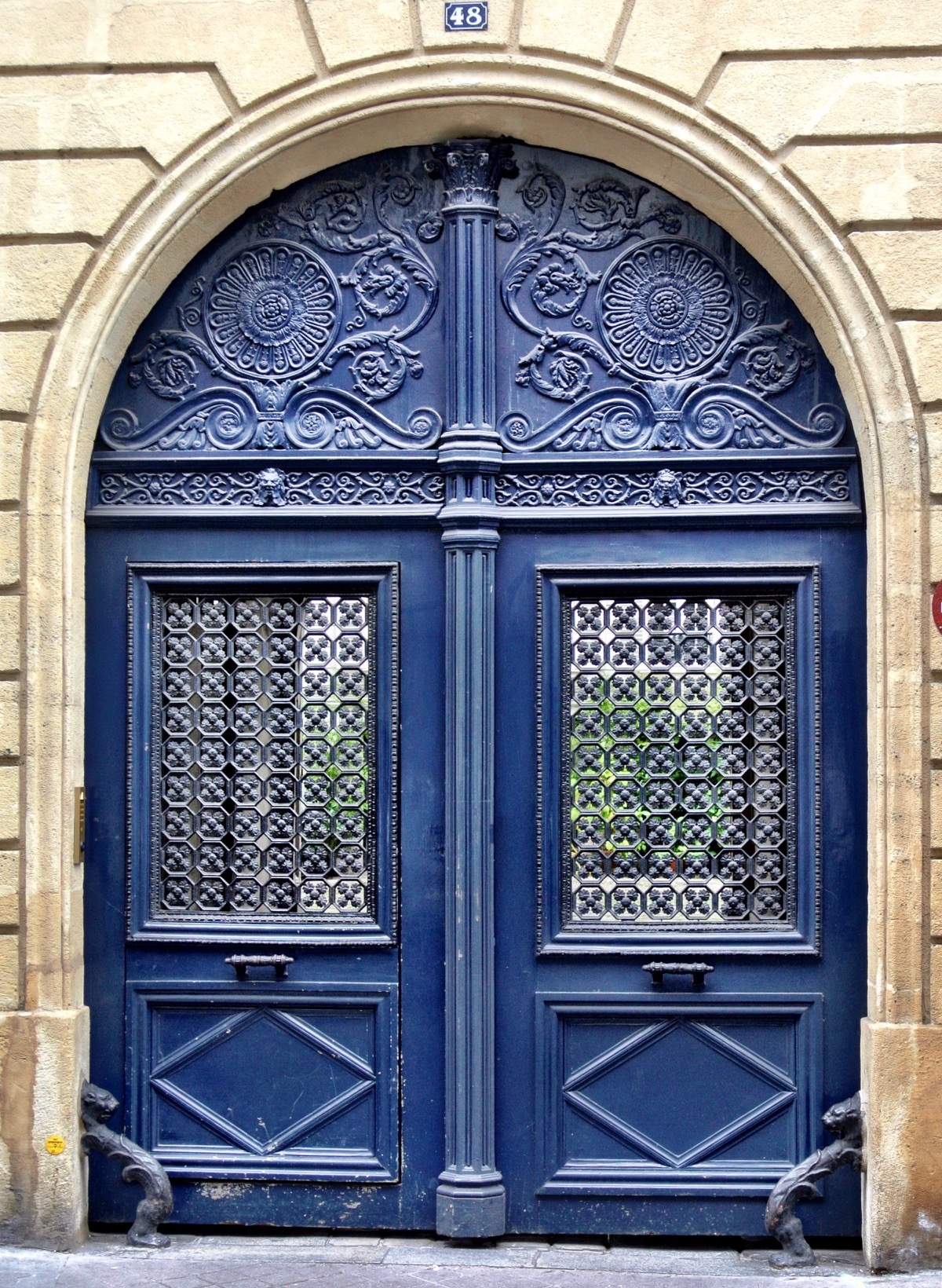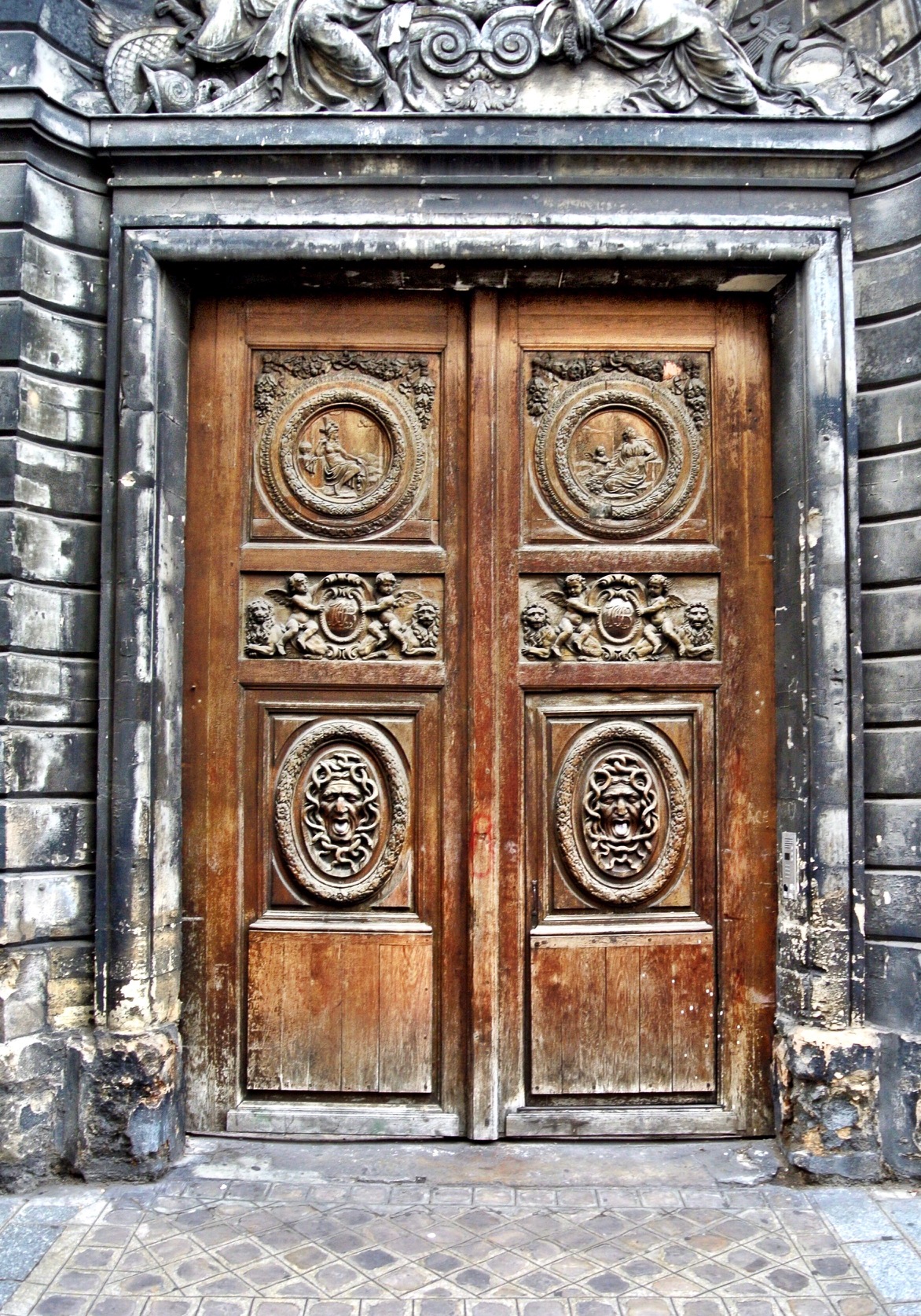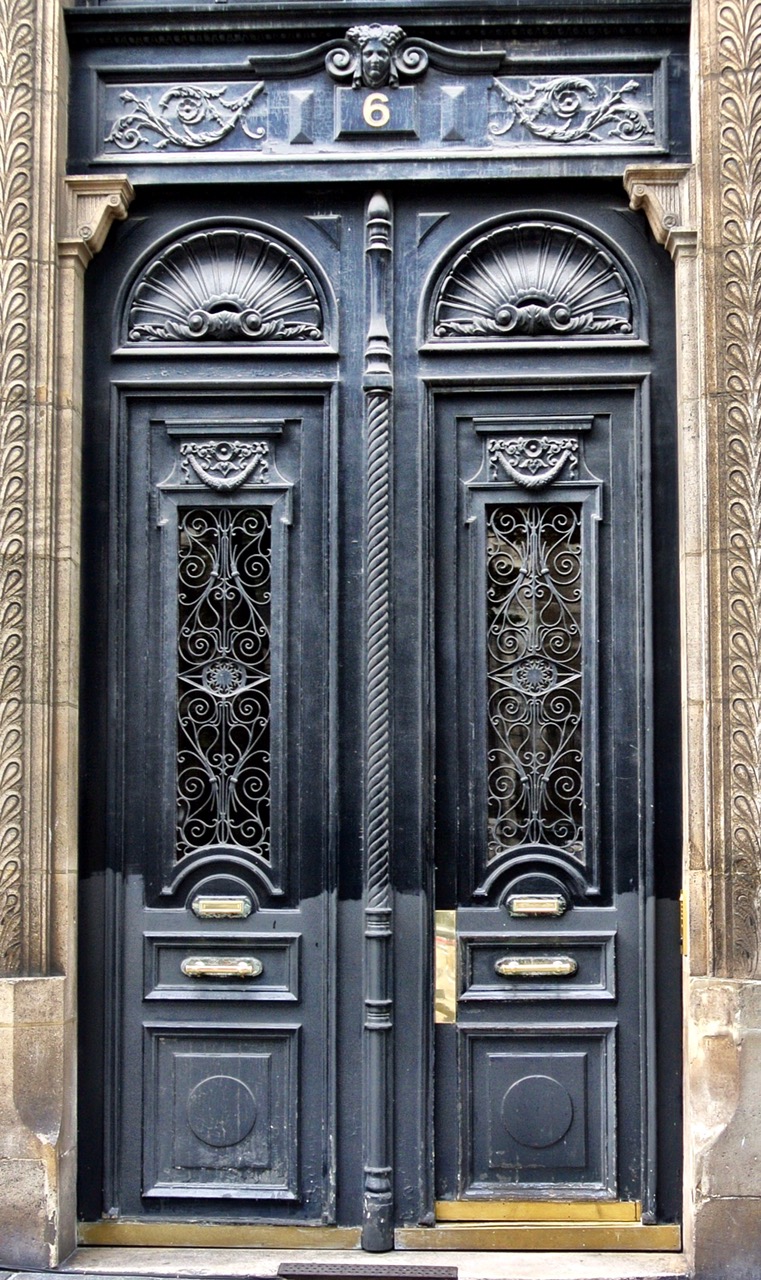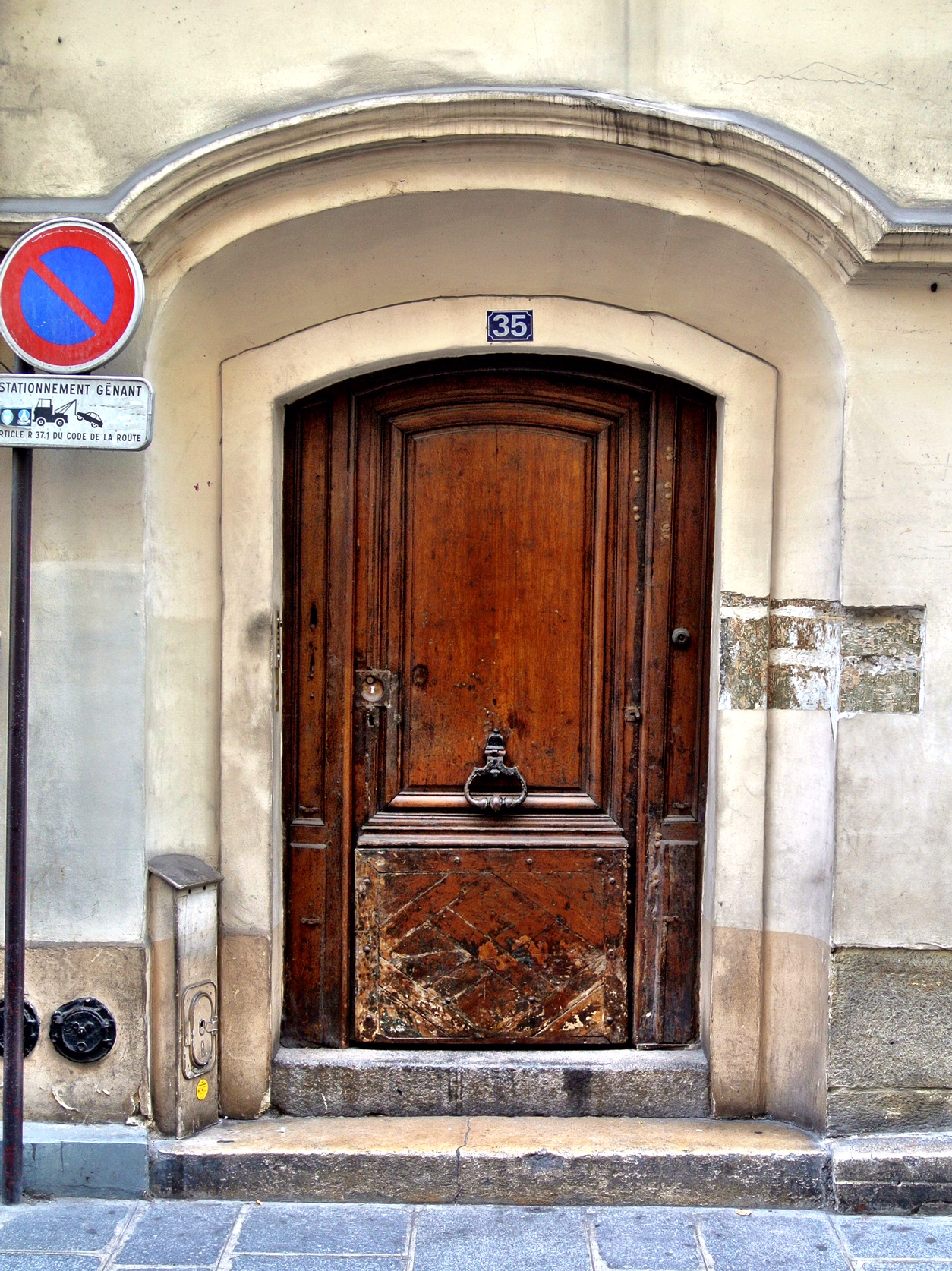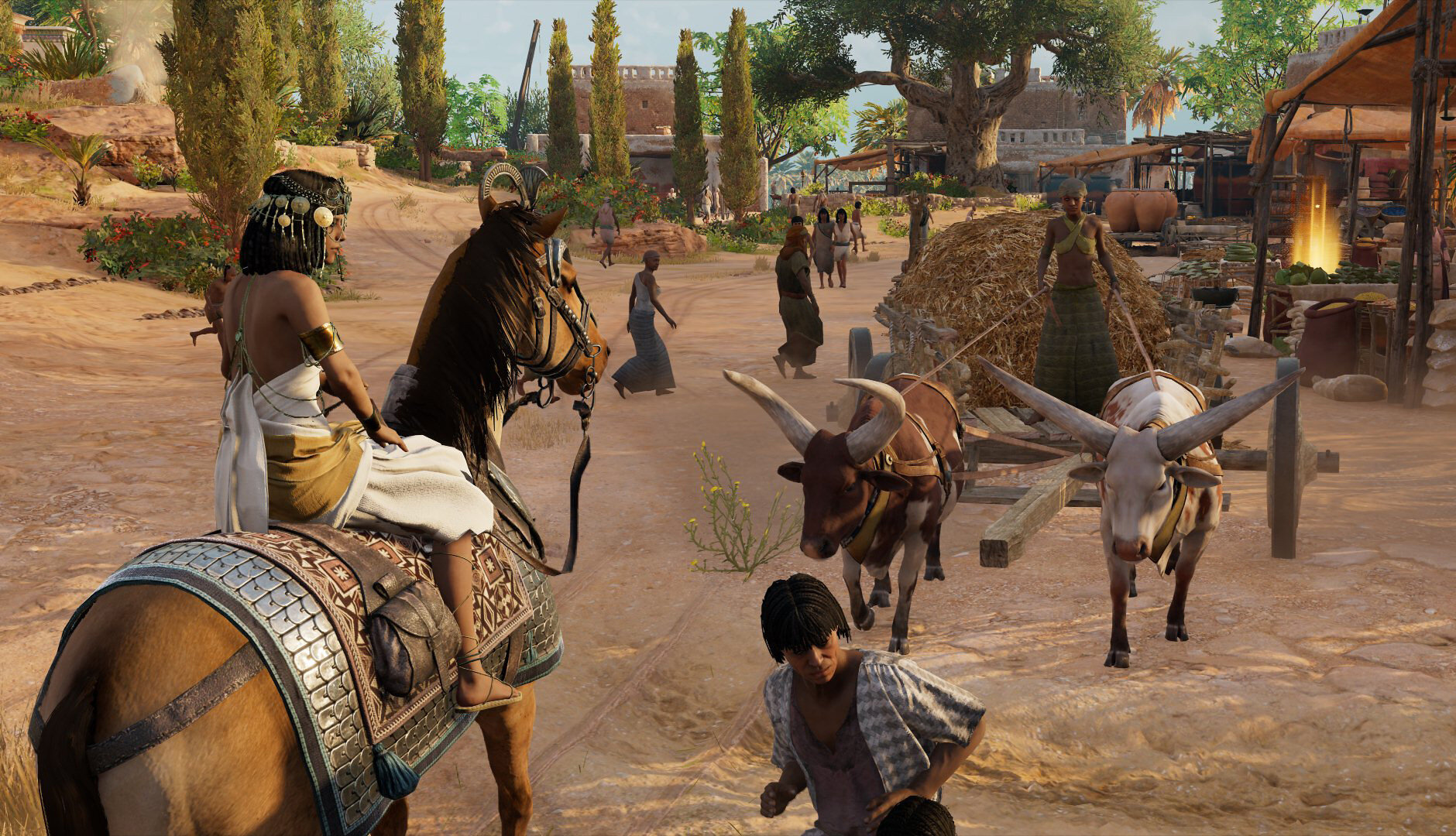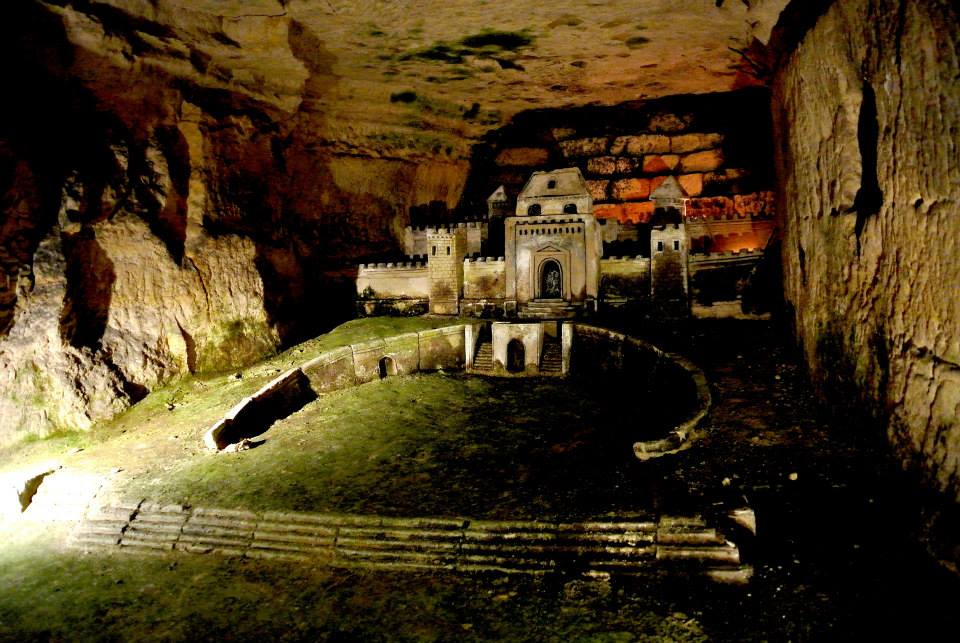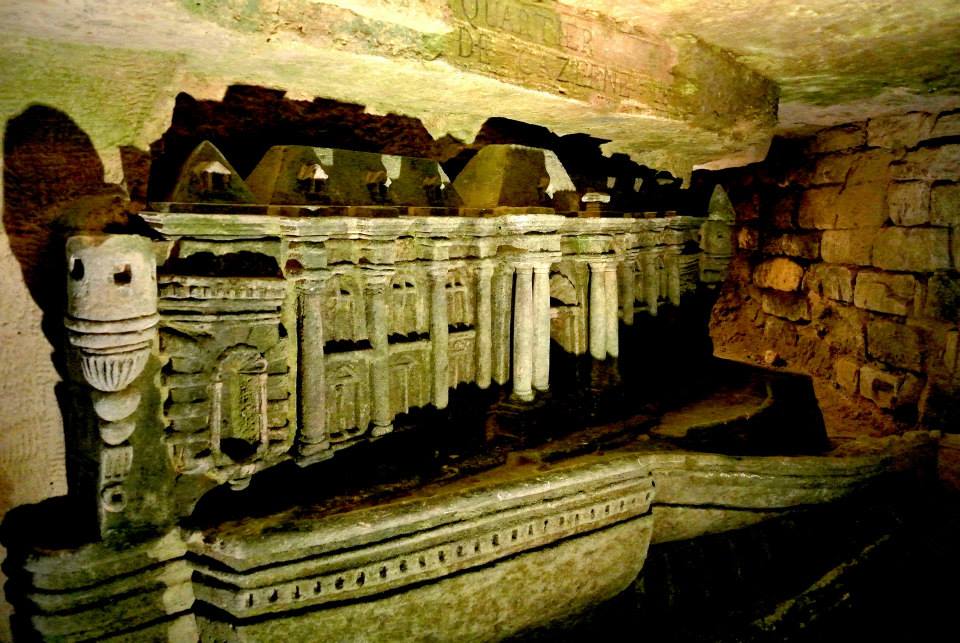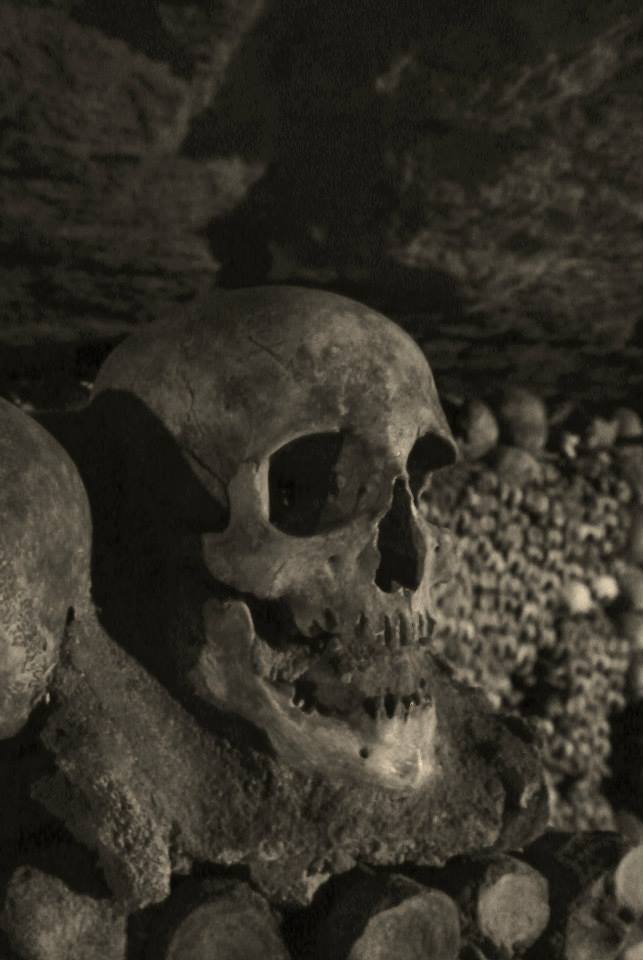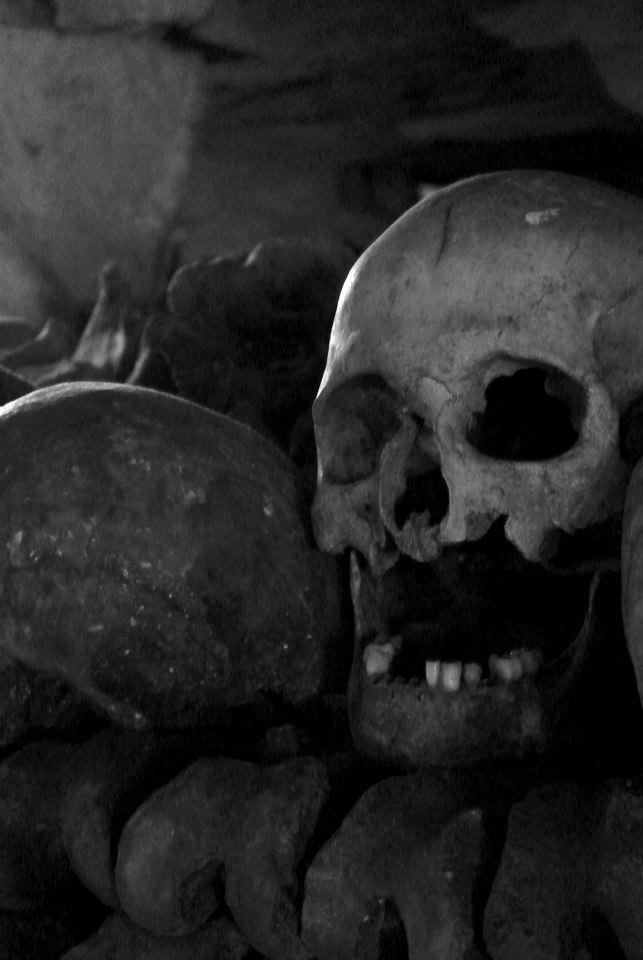What you should leave on the graves of Oscar Wilde, Edith Piaf, Marcel Proust, Georges Méliès and others. Finding them is part of the fun.
Think of Père Lachaise Cemetery as a large park — that just so happens to have a bunch of dead people buried in it
On the first day of class, a lot of my college professors would have everyone state an interesting fact about themselves. My go-to response was, “I like to hang out in cemeteries.”
I thought it was just odd enough to make me seem mysterious and it revealed my quirky nature.
“At one point, the oversized testicles were removed, with the rumor being that the cemetery manager used them as paperweights.”
It’s also true. I’m a sucker for cemeteries, whether they’re small graveyards tucked next to a church, with moldering tombstones or grand affairs with elaborate statues like the Cimiterio Monumentale I stumbled upon in Milan, Italy.
I’m a cemetery aficionado, a connoisseur, if you will. And hands down, there’s one cemetery that beats out all competitors: Père Lachaise in Paris, France.
Jim Morrison’s grave is barricaded off. Apparently his fans can be a bit unruly and destructive to other tombs
It’s no surprise that Père Lachaise is said to be the most visited cemetery in the world. Situated in Paris’ 20th arrondissement, the necropolis is named for Father François d’Aix de La Chaise, who heard the many confessions of King Louis XIV.
There are 70,000-some graves packed into the 109 acres, many of them of famous individuals of all stripes. It became a scavenger hunt of sorts to use the map to try to locate particular graves — and once you find them, you realize many have a certain way people pay tribute to the ghosts of these great men and women.
The iconic shot from Mélièrs’ A Trip to the Moon
WHO: Georges Mélièrs, 1861-1938
FAMOUS FOR: Helping create the birth of cinema
WHAT TO LEAVE: Film canisters or something photography-related
Our first stop was at Méliers’ grave. He’s famous for A Trip to the Moon — you might have seen the iconic image of a rockship that lands in the eye of the Man in the Moon. The gorgeous and magical movie Hugo is a worthy tribute to Mélièrs.
This was our first hint at how difficult finding particular graves can be. We were sure we were in the right spot, but just couldn’t find Mélièrs’ tombstone. A nice older gentleman must have known what we were looking for — he came over and pointed down into a mass of tombstones. I spoke with him briefly in French. We realized the grave was a couple of rows deep on a narrow side path.
“There goes the stereotype of French people being rude,” Duke said.
We still couldn’t find a way down into the depths, but then we saw a couple coming up the hill from the main road, like the entrance to a secret passage.
Leave something photo- or film-related on Mélièrs’ grave — or just a note
Wally’s note reads, “Thanks for all the magic!”
One never knows when some graveyard dirt will come in handy
Oscar Wilde, the dandy himself
WHO: Oscar Wilde, 1854-1900
FAMOUS FOR: Writer (The Portrait of Dorian Gray, The Importance of Being Earnest), witticist, gay pioneer
WHAT TO LEAVE: A lipstick kiss
Wilde had some great lines. My personal favorite has always been: “I never travel without my diary. One should always have something sensational to read in the train.”
His grave is one of the more interesting ones at Père Lachaise. Part of the Art Deco stone monolith is an angular angel, with massive wings and anatomically correct privates. At one point, the oversized testicles were removed, with the rumor being that the cemetery manager used them as paperweights.
In the 1990s, a new tradition started: People would leave lipstick kisses on Wilde’s grave. It’s a sweet idea, and one I think Wilde himself would approve of. But the cemetery staff kept cleaning them off, which was causing irreparable damage.
So, in 2011, a glass wall was erected around the grave. So you can leave a kiss for Wilde — without damaging his tomb.
I didn’t happen to have any lipstick, so I wrote him a nice note and left that instead.
Even with a glass barrier, people still find ways to kiss Wilde’s grave. I’m sure he wouldn’t mind
Wally is wild about Wilde
Édith Piaf
WHO: Édith Piaf, 1915-1963
FAMOUS FOR: Songstress (“La Vie en Rose”)
WHAT TO LEAVE: Roses
You’ll have to hunt for a grave marked, “Famille Gassion-Piaf.” I didn’t have any flowers, so I tried to draw one on a note I left on her tomb.
Not Wally’s best work, but he wanted to offer Piaf a flower of sorts
Marcel Proust
WHO: Marcel Proust, 1871-1922
FAMOUS FOR: Writer (In Search of Lost Time)
WHAT TO LEAVE: Métro ticket stubs
I couldn’t find anything about why people decided to start leaving subway ticket stubs. I could make up some bullshit about the subway trains symbolizing the passage of time — but it was probably the only thing a tourist had in their pocket, others followed suit, and a tradition was born.
These were the main graves we left tributes on. There are plenty of other celebrities’ graves to hunt down at Père Lachaise. When in doubt, bring a pad of paper and write a note about how the person touched your life. Or start your own tradition.
If you’ve never spent an afternoon wandering through a cemetery, Père Lachaise is a great place to start. You’re sure to be converted. It might sound creepy, but it’s really not. Maybe it even helps us, in some small way, accept the inevitability of death. –Wally

